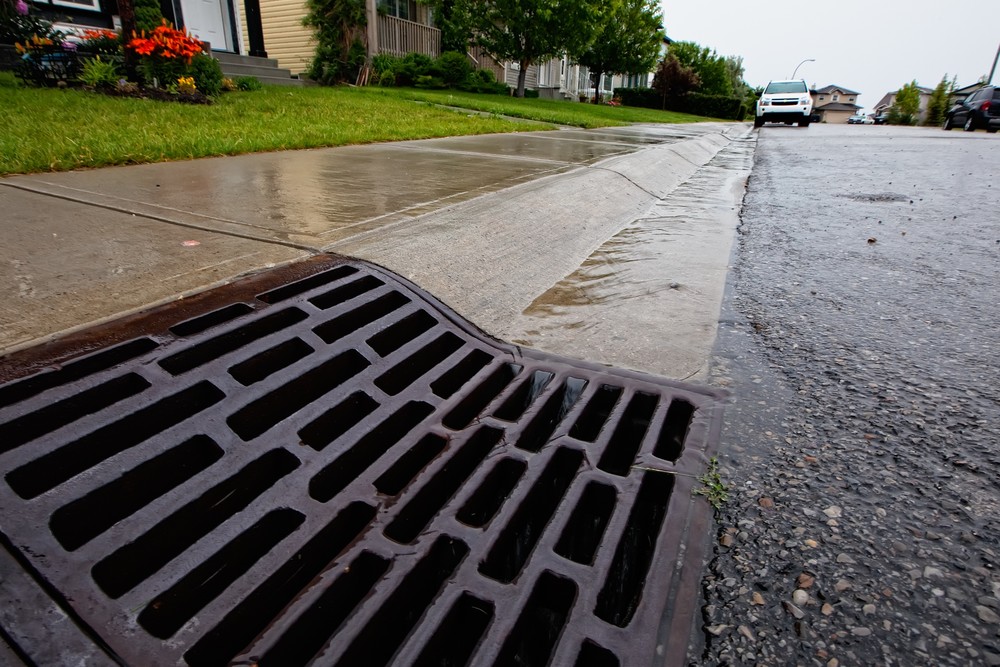
The Importance of Keeping Storm Drains Draining
By Diane Colley-Urquhart on March 18 2016
In 2015, there were more than 1600 service requests related to storm drains and drainage concerns – 51 of those were related to concerns in Ward 13. In 2014, a whopping 5036 service requests were received by The City, with the majority of its storm drain –or ‘catch basin’- calls historically received in March.
Rainwater and melting snow from sidewalks, streets and roads are drawn into the catch basin or storm drain, located at the edge of the sidewalk and flow into our storm system, eventually into our rivers. One way to help keep your sidewalks and roads safe is to create a pathway for the melting snow to drain to the storm drain.
“Citizens can help prevent street pooling by clearing ice and compacted snow away from storm drain when the weather turns warmer,” says John Headley, leader Asset Assessment with Water Services. “Citizens can, if safe to do so, clear the channel along the gutter so that the snowmelt can drain into the catch basin.” At times, street debris or debris from wind, rain or hail storms (branches, leaves etc.) may block storm drains, as well. If this debris is sitting on the surface of the drain, and it is safe to do so, it can be removed to allow for water to drain more easily.
Storm drains are the main way water gets into the underground pipe system. The metal grates that can be seen at the edge of the road are only a portion of the structure which is primarily under ground. Under the grates is a barrel that collects the water. The barrel is attached to a pipe that allows the water to be whisked away and eventually deposited in the river.
If a storm drain is encased in ice, and cannot be easily removed please contact 311 so it can be thawed with specialized equipment. Also, do not attempt to clean a catch basin if it’s submerged in water. You cannot be sure if the grate is intact, presenting a safety risk. If the drain is covered in water, please contact 311.
In some communities in Ward 13, The City has installed inlet control devices in the storm drain to control water drainage. Known as ICD’s , they are designed to keep water on the road for at least two hours, or until the system can accept the extra water. While this prevents the storm system from being overwhelmed, it may result in some water pooling on a street. This water will eventually drain once water volumes lower.
For more information on The City’s storm drain system, visit Calgary.ca/stormdrains.
Here is a list of storm drains in Ward 13:
- Bridlewood
- Canyon Meadows
- Millrise
- Shawnessy
- Somerset
- Woodlands
IMG SOURCE=http://www.calgary.ca/UEP/Water/Pages/Water-and-wastewater-systems/Storm-drainage-system/Storm-Drains.aspx
